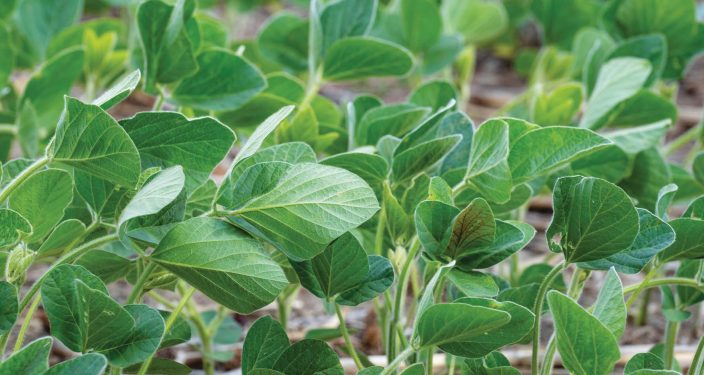Farmer’s Guide to Trucking Regulations available to Ohio Farm Bureau members
The guide includes a farm driver checklist, overview of state and federal regulations and exemptions, CDL qualifications and more.
Read More
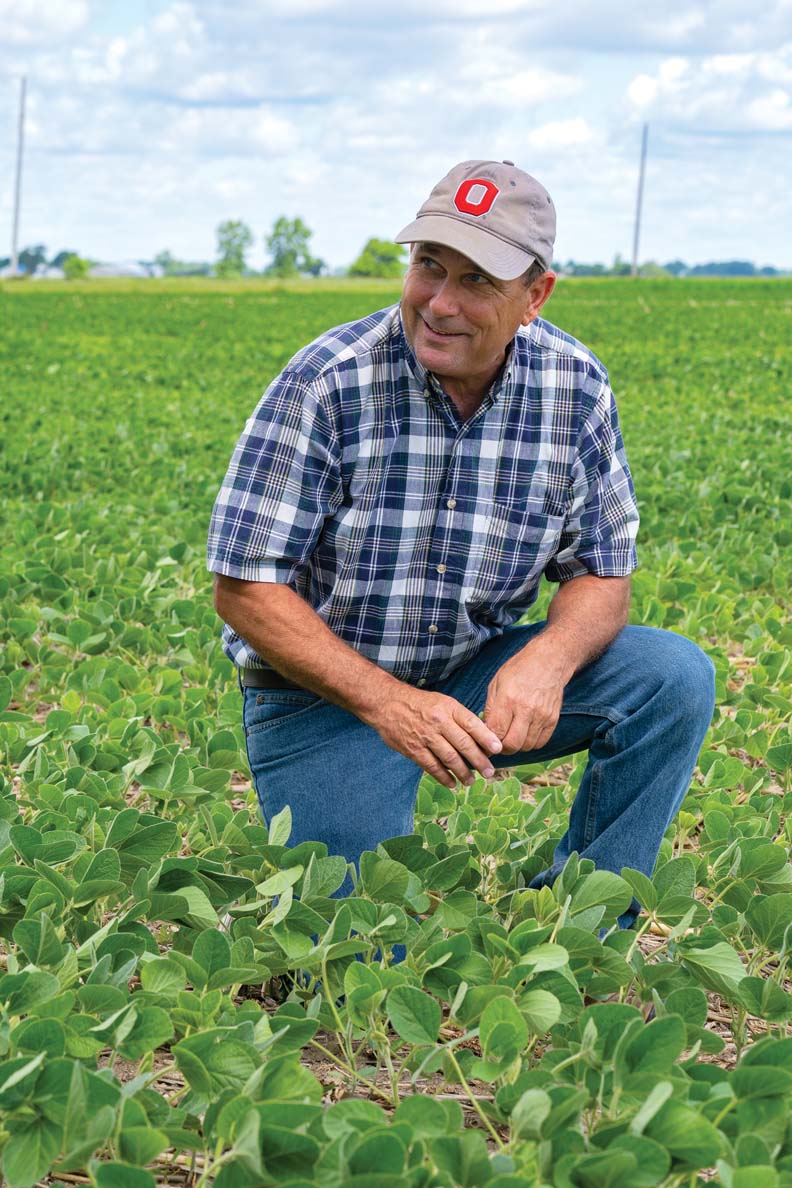
Conversations with farmers have historically revolved around two things — weather and markets.
Yet in the winter months leading up to spring 2020, Kris Swartz noticed a change in the conversation. Conservation practices were a hot topic when farmers came together this past winter.
“That is what farmers were talking about,” said Swartz, who is chair of the Ohio Agriculture Conservation Initiative (see sidebar) and a nationally recognized Soil and Water Conservation District supervisor in Wood County.
The momentum was coming from Gov. Mike DeWine’s H2Ohio initiative, a $179 million water quality investment included in the state’s biennial budget in 2019. DeWine announced details of the program in November, saying at the time that “Ohio has supported many programs to help farmers reduce nutrient loss over the years, but the state hasn’t done nearly enough, nor have previous plans focused enough, on reducing phosphorus runoff from agriculture. That changes now.”
Farmers in the 14 counties of Maumee River Watershed took notice. In all, more than 2,000 producers enrolled more than 1.1 million acres in H2Ohio, preparing to receive a portion of $30 million in initial funding available to them and other landowners in the watershed.
“The sign-up was tremendous. H2Ohio was so well received in those 14 counties,” Swartz said. “Farmers were starting their conversations about conservation and what they were going to do. Our Soil and Water Conservation District staffs work really closely with producers to develop their conservation plans, and we were just really getting started when we had to break off personal contact.”
In March, the novel coronavirus pandemic started to impact Ohio, and the enthusiasm being generated about the H2Ohio program and work being done took a backseat to dealing with COVID-19. The pandemic forced the state to make budget cuts in all areas to secure resources to fight the pandemic. There was a feeling that H2Ohio was going to end up a casualty to the crisis and the budget restraints that fighting the pandemic entailed.
So it was a welcome surprise when in May the governor announced that the H2Ohio program would receive $50 million in funding, for the first year, for farmers who had already signed up to be part of the H2Ohio program. It is still unknown whether there will be additional funding available in the future.
“I think I was shocked it was funded at that level,” Swartz said. “It shows a real intent and commitment (to the program).”
OACI went to work helping farmers who signed up for theH2Ohio program get enrolled in the OACI certification process. The next step, which was really taking off in early spring, was to help those enrolled write their nutrient management plans.
“When you are asking people to change their operation, it’s really about the relationships with the people making those recommendations,” Swartz said. “And it’s really hard to establish the trust in those relationships when you are talking over the phone or via email. Farmers like to look someone in the eye and believe what the person is telling you. That’s hard to do when you can’t meet face-to-face.”
At the same time Swartz said, “H2Ohio practices just tweak what a lot of producers are already doing and make them better.”
A good example of that? Cover crops.
“Many producers already use cover crops, but in the H2Ohio model, cover crops have to be seeded by Oct. 15,” he said. “We really don’t get water quality benefits unless that cover crop is up and established in the fall. We need to have some roots through the winter. Some producers say it’s unrealistic and too hard to do, but can they do it? Yep. Farmers are smart people. They’ll figure out how to do it if they really want to make it work.”
Swartz has, over the years, figured out how to make it work. In addition to his other responsibilities, Swartz is a grain farmer in Wood County with roughly 2,000 acres under his care.
Ironically, Swartz thought he’d said goodbye to the farm when he went off to Ohio State University to receive his ag engineering degree years ago. He told himself that “there was no way I was going to farm,” but, as an at least 5th generation farmer, he realized he missed farming and the lifestyle it provided.
When he returned to Wood County, living in the home his grandparents built years ago, he came back with a passion for the soil and conservation that he acquired while an undergrad. That passion has only grown as the decades have passed. Swartz is now recognized as one of the leading voices in agriculture regarding water quality and conservation.
“You realize the soil lives and you have to treat it right,” he said. “Up here, in this area, we’re so heavily dependent upon drainage — when you see dirty water, or see erosion, it’s just such a waste. We’re doing a better job than we did 20 years ago. I know we’re doing a better job than we did five years ago. Farmers are continually improving.”
Swartz said there isn’t a one-size-fits-all approach to water quality. Farmers should pick practices that fit their personality, and their operation, and make it work for them. Yet conservation practices can be cost-prohibitive and take years to show a positive impact, but Swartz said more conservation practices need to be done in the short term for long-term gain.
“Farmers need to be cognizant that we’re going to get water quality improvements one way or another, through a voluntary model or a regulatory model,” Swartz said. “A lot of farmers want to make changes that help water quality and help their bottom line.”
H2Ohio gives them the funding and OACI the guidance to help farmers do just that.
The Ohio Agriculture Conservation Initiative (OACI) is a partner in the H2Ohio program. The coalition of agriculture commodity groups, environmental organizations and government agencies is in charge of creating measurement and educational resources to help guide farmers through the H2Ohio program.
“This is the first time I know in my conservation career that these groups have come together to work like this,” Swartz said. “I gotta give it to the Ohio Environmental Council, The Nature Conservancy, etc. They came to farmers and farm groups and said, ‘How can we help you?’ instead of telling them how they could help them. That is really refreshing. It is really refreshing to me to see a public and private partnership.”
Farmers enrolled in the H2Ohio program are given guidance on their nutrient management plans with the help of Soil and Water Conservation Districts throughout the state. Those plans help increase adoption of best management practices and recognize farmers who demonstrate a commitment to continuous improvement. OACI has established a confidential farm practices assessment that will benchmark best management practices adoption and track progress toward water quality goals.
“There is a future for H2Ohio, OACI-type partnerships,” Swartz said. “ All the commodities, farm groups and environmental agencies put aside the differences they had and realized this was important enough to work together. It is encouraging that everyone is taking it that seriously.”


The guide includes a farm driver checklist, overview of state and federal regulations and exemptions, CDL qualifications and more.
Read More


Katie Share of Columbus has been named ExploreAg and Youth Development Specialist for Ohio Farm Bureau.
Read More

Mary Klopfenstein of Delphos has been named Young Ag Professional and Ag Literacy Program Specialist for Ohio Farm Bureau.
Read More

The plan has been updated to give sole proprietors access to more rate stability and a smart solution that offers potential savings on health care.
Read More

The American Farm Bureau Federation, in partnership with Farm Credit, is seeking entrepreneurs to apply online by June 15 for the 2025 Farm Bureau Ag Innovation Challenge.
Read More

Adele Flynn of Wellington has been elected treasurer of the Ohio Farm Bureau Federation and now holds the third highest elected office in Ohio’s largest and most influential farm organization.
Read More

Producers are urged to work with their veterinarian to practice enhanced biosecurity measures and review and limit cattle movements within production systems.
Read More

The changing seasons bring with them the need to thoroughly inspect pole barns for any damages that may have occurred during the winter months.
Read More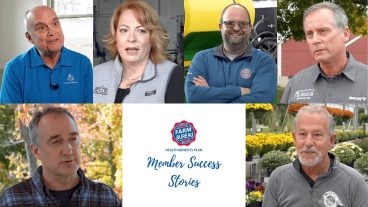
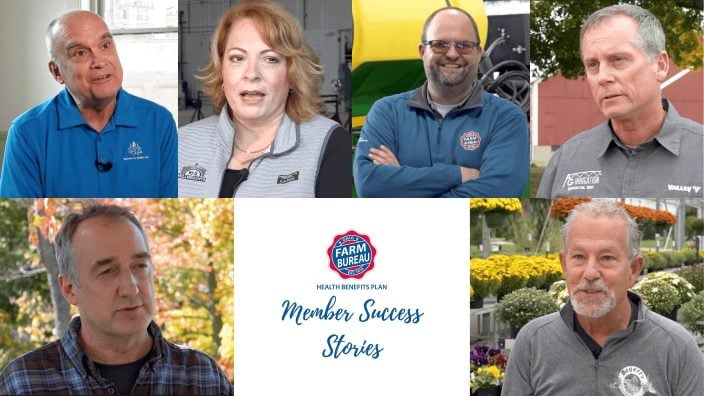
Hundreds of Ohio businesses and sole proprietors are raving about Ohio Farm Bureau’s Health Benefits plan with lower, predictable costs and easy enrollment and administration options.
Read More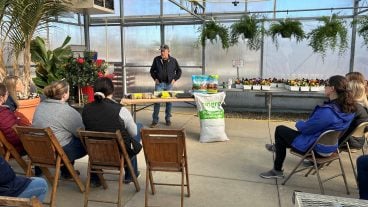
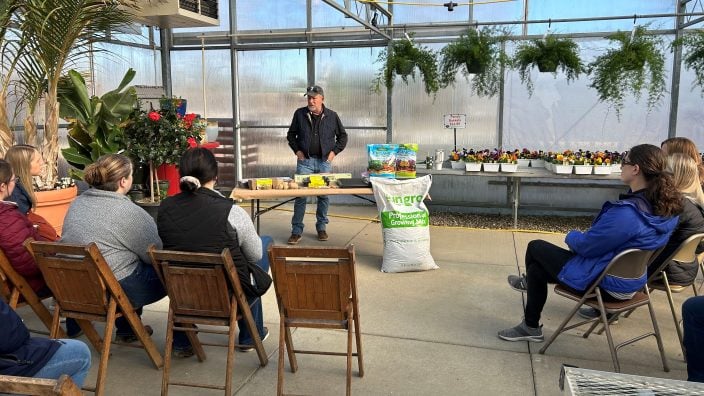
AgriPOWER Class XIV spent a few days in March in Medina and Wayne counties learning more about northern Ohio agriculture from leaders in Ohio Farm Bureau.
Read More